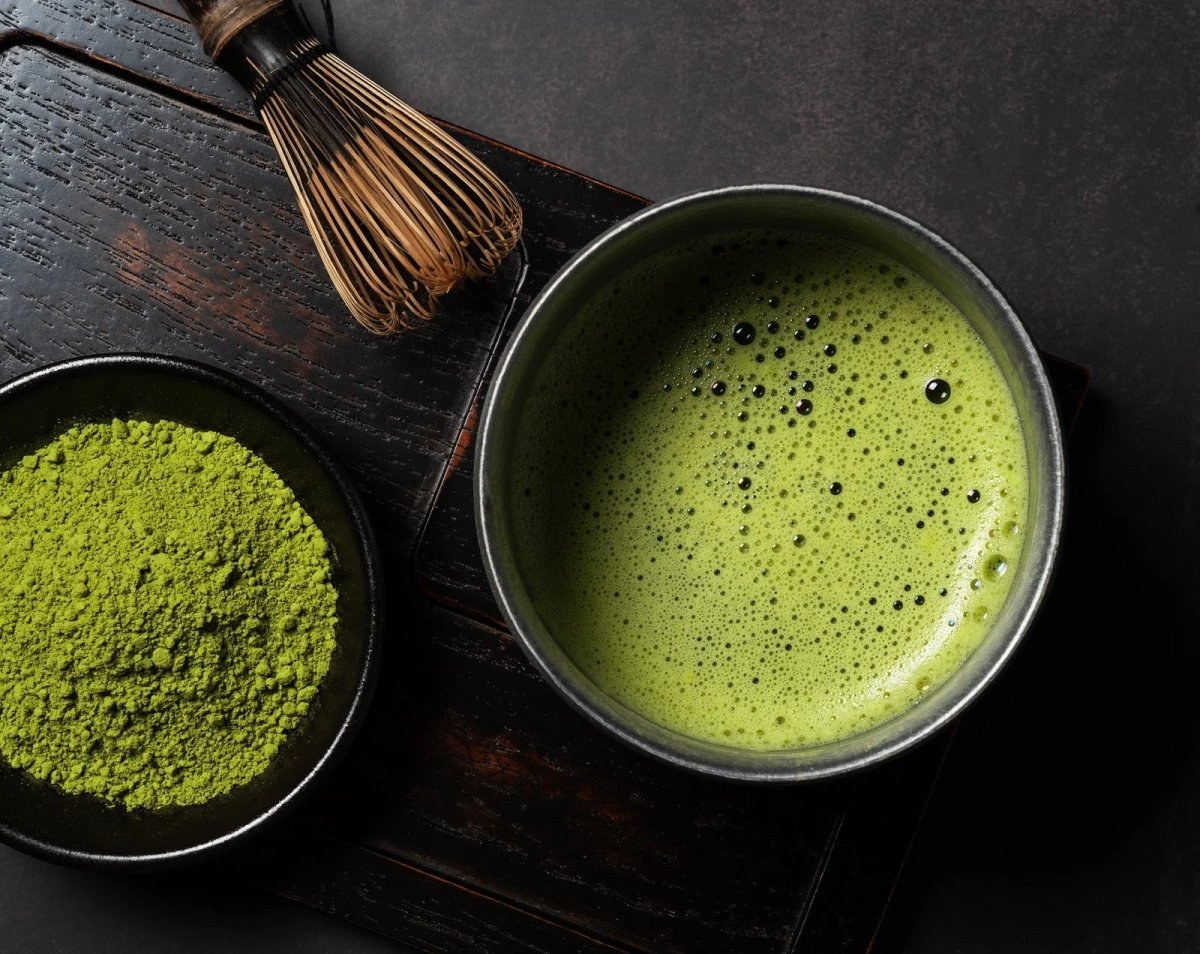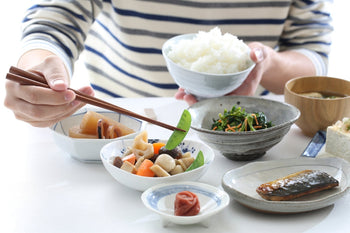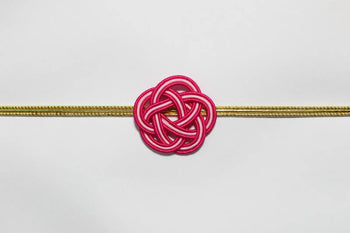

Matcha, the finely ground green tea powder that has been cherished in Japan for centuries, is more than just a beverage—it's a symbol of mindfulness, tradition, and the appreciation of subtle flavors. Traditionally served during tea ceremonies, matcha’s deep, rich taste is known for its umami notes and a pleasant bitterness that lingers on the palate. When paired with the right sweets, matcha becomes even more enjoyable, as the sweetness of these confections balances the tea's complexity.
The Tradition of Matcha and Wagashi
Matcha has played a central role in Japanese tea ceremonies since the 16th century, serving as a medium through which hosts and guests could express hospitality and respect. These ceremonies, known as chanoyu, place great emphasis on the harmony between the tea and the accompanying sweets, or wagashi. The careful selection of sweets, often reflecting the season, is integral to the tea ceremony experience, as the natural sweetness of the wagashi balances the robust bitterness of the matcha.
Traditionally, wagashi are designed to complement the depth of matcha without overwhelming it. They are often made with natural ingredients like red bean paste, rice flour, and seasonal fruits, offering subtle flavors that allow the complexity of matcha to shine.

Traditional Sweets That Pair Well with Matcha
Japanese confections have been perfected over centuries to create ideal pairings with matcha. Here are some classic choices that have stood the test of time:
1. Yokan (羊羹)
Yokan is a traditional sweet made from azuki (red bean) paste, agar, and sugar, resulting in a firm jelly-like texture. Its smooth, dense consistency and natural sweetness provide a perfect counterbalance to the slightly bitter, earthy notes of matcha. Because yokan is rich and concentrated, it pairs particularly well with the astringency of matcha, each bite offering a delicate sweetness that tempers the tea’s strength.

2. Dorayaki (どら焼き)
Dorayaki consists of two fluffy, pancake-like layers filled with sweet red bean paste. The combination of the soft exterior and the smooth, sweet filling makes it an ideal partner for matcha. When paired with matcha, the moist texture of the pancakes and the richness of the red bean paste create a comforting contrast to the sharp, grassy notes of the tea.
In recent years, variations of dorayaki have emerged with fillings like chestnut cream or matcha cream, offering new ways to enjoy this classic treat. Regardless of the filling, the comforting nature of dorayaki makes it a popular choice for an afternoon matcha break.

3. Manju (饅頭)
Manju is a steamed bun filled with sweetened bean paste, and its soft, pillowy texture makes it a perfect match for matcha. The exterior of the bun is light and airy, while the filling offers a satisfying sweetness that complements the bitterness of the tea. Traditionally, manju is made with red bean paste, but there are also variations using shiroan (white bean paste) or matcha-infused fillings.
Manju is often enjoyed during tea ceremonies or as a special treat during seasonal celebrations.

Modern Sweets and Matcha
In addition to traditional pairings, modern sweets have embraced matcha in innovative ways, creating new dessert experiences that appeal to contemporary palates.
1. Matcha-flavored Chocolates and Cakes
The rich, creamy texture of chocolate provides a luxurious contrast to matcha’s earthy notes, making matcha-flavored chocolates a popular indulgence. Matcha mousse cakes, matcha-flavored tiramisu, and matcha pound cakes have become staples in cafes across Japan and beyond. These desserts blend the bitterness of matcha with the smooth, velvety textures of cream and cake, creating a refined dessert that can be enjoyed on its own or alongside a cup of matcha tea.
2. Matcha Parfait
A matcha parfait is a layered dessert featuring matcha ice cream, sweet red bean paste, chewy mochi, and crispy granola. The different layers of textures and flavors come together to create a complex yet balanced dessert that pairs wonderfully with hot or cold matcha. The bitter, creamy notes of the matcha ice cream are complemented by the sweet chewiness of the mochi and the crunch of granola, making it a popular choice for those seeking a refreshing yet indulgent treat.

3. Matcha and Warabimochi
Warabimochi is a jelly-like dessert made from bracken starch, typically served with kinako (roasted soybean flour) or matcha powder. Its smooth, slippery texture pairs well with the earthy bitterness of matcha, making it a refreshing choice for summer. In recent years, many cafes have started serving warabimochi with a drizzle of matcha syrup or alongside a cup of freshly whisked matcha, elevating the experience of this traditional sweet.

The Art of Balance: Why Matcha and Sweets Work Together
The magic of matcha and sweet pairings lies in their balance. Matcha’s slightly bitter, umami-rich flavor profile is perfectly complemented by the natural sweetness found in wagashi. This combination creates a balanced taste experience that lingers on the palate, allowing each component to enhance the other without overpowering it. The concept of harmony (wa) is central to Japanese culinary philosophy, and matcha pairings embody this principle beautifully.
The temperature of the matcha, whether hot or cold, also plays a role in creating the ideal pairing, as it can enhance or mellow certain flavors in the accompanying sweet. This attention to detail is what makes matcha and its pairings so enjoyable and satisfying.
Wrap Up
From traditional wagashi to modern, innovative desserts, matcha remains a versatile partner that enhances the flavors of countless sweets. Its rich, complex taste offers a perfect counterpoint to the natural sweetness of yokan, dorayaki, and more. Whether you’re enjoying a simple piece of manju with a warm cup of matcha or indulging in a layered matcha parfait, these pairings offer a unique blend of tradition and modernity. Through its ability to harmonize with a wide range of flavors, matcha continues to be a cherished part of Japan’s culinary heritage, inviting us to slow down and savor each moment.



